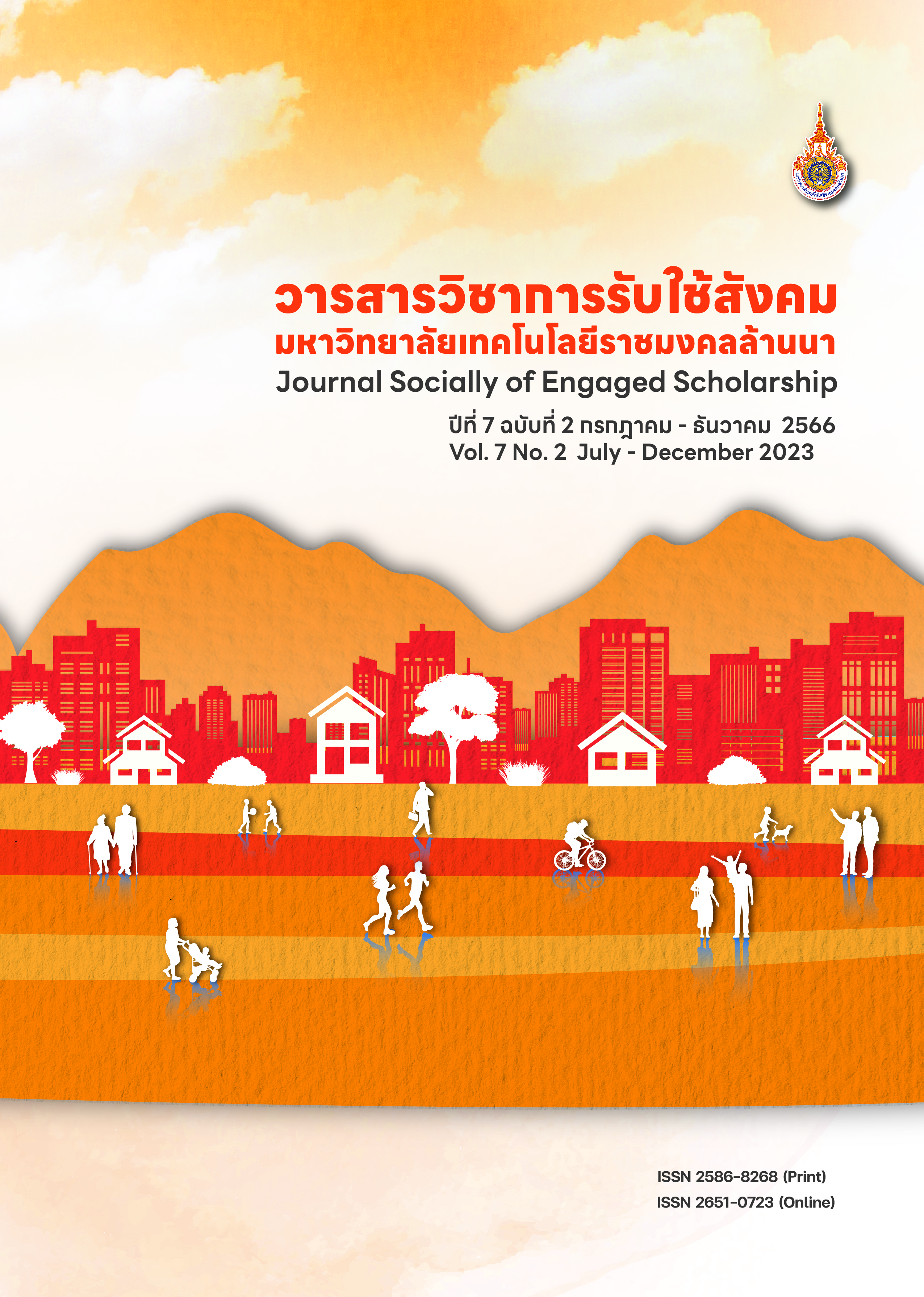- Using Community Attitudes As A Communication Tool For Community-Based Tourism Management: A Case Study Of Kongkan Village Community, Mae Suke Sub-district, Mae Chaem District, Chiang Mai Province. Phisaphim Junphrom, Naris Khampangkaew, and Krit Phanpanya
Main Article Content
Abstract
This research aims to use community attitudes as a communication tool for community-based tourism management. It focuses on developing the population within the specified target groups, including youth, middle-aged individuals, and the elderly, totaling 35 participants. The study employs both quantitative and qualitative research methodologies, utilizing quantitative and qualitative tools to assess and enhance community attitude communication for community-based tourism management. These tools include the examination of community attitudes for tourism management, subgroup discussions, structured and unstructured interviews, and a community attitude communication program using community-based tourism. The research outcomes are as follows:
1) The research results indicate that community attitudes have the potential for community-based tourism management. This potential encompasses various types of information, including cultural characteristics, material culture, social folk customs, and performing folk arts. Approximately 80% of the community's population in Ban Kong Kan, with a total of 325 individuals, supports the use of community attitudes for tourism management. An impressive 80% of the community endorses the development of community attitudes for community-based tourism management.
2) In the development of community attitude communication, the research reveals that the average scores improved after the process, demonstrating the success of employing community-based tourism as a communication tool. The average score increased from 28.0 before the course to 35.0 after the course.
3) The development of communication tools for community-based tourism management garnered high satisfaction from the target group regarding the characteristics of the tools, design standards, technical usage standards, and the versatility of the communication tools. These tools play a crucial role in community-based tourism management, and their successful use is reflected in high levels of satisfaction.
Article Details
This article is published under a Creative Commons Attribution-NonCommercial-NoDerivatives 4.0 International License (CC BY-NC-ND 4.0), which allows others to share the article with proper attribution to the authors and prohibits commercial use or modification. For any other reuse or republication, permission from the journal and the authors is required.


